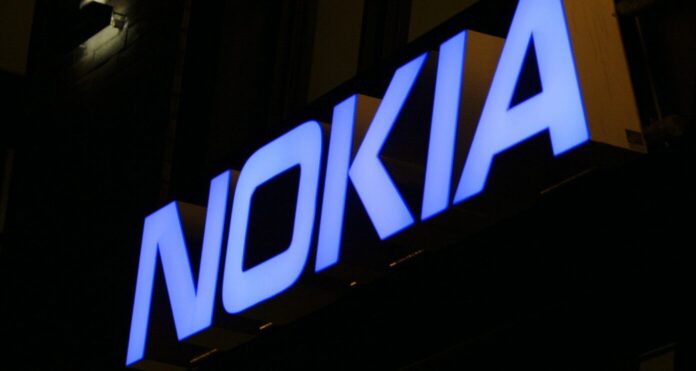5G network slicing demo conducted with China Mobile highlights health care use cases
The concept of network slicing as applied to 5G involves the use software-defined network and network functions virtualization to dynamically create bespoke data pipes capable of meeting the specific service requirements of any application ranging from an NB-IoT connected water meter, for instance, to mission critical applications dependent on ultra-high-capacity, ultra-low-latency connectivity.
This week at Mobile World Congress Shanghai, Nokia and China Mobile demonstrated how 5G network slicing can be used to facilitate health care-related services. The demo is meant to highlight tele-health services like “the rapid and reliable transmission of high-bandwidth images, such as patient X-rays and video, in real-time, to the hospital,” according to Nokia. “This will save vital time, allowing doctors to begin diagnosis of a patient’s condition and make initial preparations while the patient is still in transit.”
Beyond tele-health, Nokia is pushing other industrial IoT-type applications of 5G, as well of advancements made to LTE networks in the evolution to 5G. The company markets products that support standardized LTE-Advance and LTE-Advanced Pro features using the descriptors “4.5G Pro” and “4.9G.” In a separate demo at Mobile World Congress Shanghai, the company will show sub-two-millisecond latency based on its AirScale base station. Nokia has focused heavily on streamlining the shift from LTE to 5G as a way to ensure quick commercialization.
Tero Peltola, head of Nokia’s LTE business line said the goal is “helping operators evolve their networks in the most effective way, allowing them to anticipate and meet demands with higher performance where and when it is needed…With this network latency demonstration we can show operators how they could LTE to deliver higher-bandwidth industry and enterprise applications to more customers on their path to 5G.”

